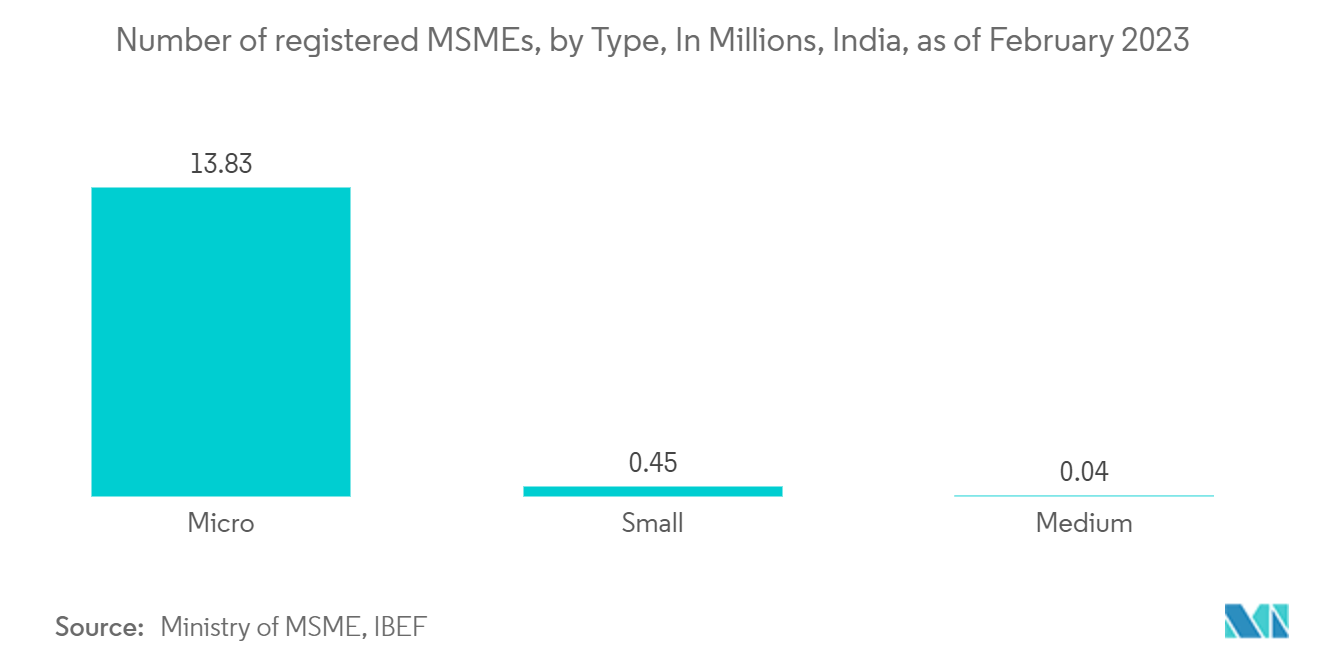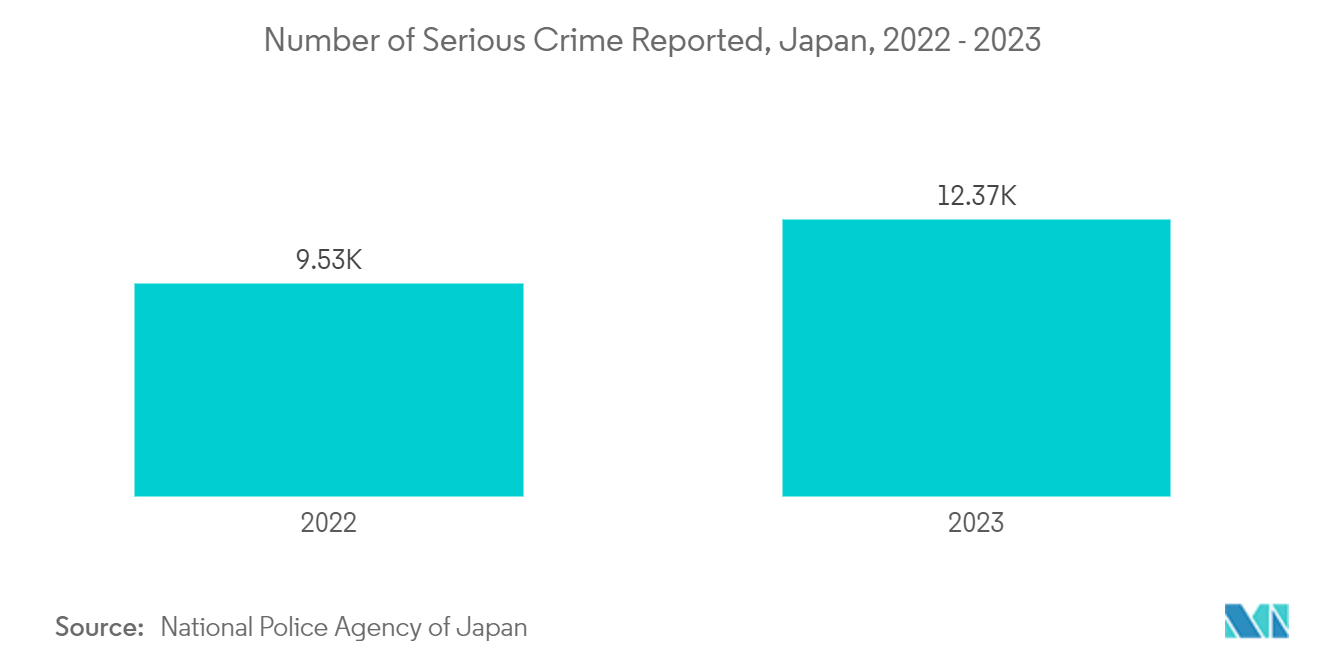Market Trends of Asia-Pacific Surveillance Analog Camera Industry
Cost Effectiveness and Affordability to Drive the Market
- The Asia-Pacific region, encompassing diverse economies from advanced nations such as Japan and South Korea to emerging markets like Indonesia, Vietnam, India, and China, offers a distinct backdrop for the uptake of surveillance technologies. Particularly in these emerging economies, cost considerations reign supreme across a multitude of industries and applications. Consequently, the relatively lower initial investments associated with analog systems make them attractive.
- Countries in the region, notably China, Japan, India, and several Southeast Asian nations, host a significant concentration of analog surveillance camera manufacturers. This dense presence is crucial in pushing down prices, making analog surveillance equipment increasingly accessible. For instance, Prama, an Indian manufacturer, operates within India and boasts a wide array of surveillance cameras encompassing analog options.
- China is a hub for affordable surveillance analog cameras, with many manufacturers like Hikvision, Dahua Technology, and Zhejiang Uniview Technologies Co. Ltd. This dense network of manufacturers not only enhances accessibility but also fuels market expansion. The resulting fierce competition among these vendors helps maintain competitive prices, further fueling adoption rates.
- China's embrace of analog surveillance is propelled by its cost-effectiveness and a robust network of local manufacturers. The nation's consistent uptrend in public security investments further solidifies its dedication to bolstering surveillance. Meanwhile, in India, where cost is a key consideration, analog surveillance systems are prevalent, notably in small to medium-sized businesses and public sector ventures.
- The prevalence of MSME enterprises in the Asia-Pacific region positions it as a promising market for analog surveillance cameras. SMEs, often operating under budget constraints, tend to favor cost-effective surveillance solutions. India, as highlighted by the Ministry of MSMEs, boasts over 13.83 million micro-enterprises, constituting a significant 96% of the nation's MSME landscape. China, on the other hand, leads the pack with over 50 million SMEs, a figure that's notably high. This trend is mirrored in several other Asian nations.

Government Sector to Remain Among the Key Demand Drivers
- Several factors influence the government sector's choice of analog surveillance technology, including budget constraints, current infrastructure, and the imperative for enhanced public safety. Municipalities are progressively deploying surveillance cameras in public areas to combat crime and improve safety.
- These cameras, strategically placed in parks, busy streets, and other high-traffic areas, actively monitor and record activities. They are instrumental in deterring crime and safeguarding residents. Given the financial constraints many municipalities face, the cost-effectiveness of analog cameras is a pivotal factor in their adoption. For instance, in 2023, the Delhi Civic Body in India announced the installation of more than 10,000 CCTV cameras at school sites to ensure the safety and security of students. A similar trend is observed in countries like Singapore and China, creating a favorable ecosystem for the growth of the market studied.
- Police departments use analog cameras to monitor high-risk areas such as crime-prone neighborhoods, transportation hubs, and commercial districts. These cameras help law enforcement officers constantly watch critical areas, enabling quick responses to suspicious activities. With the rising crime rate across several countries, the growing acceptance of advanced surveillance systems in the region is expected to drive the adoption of analog surveillance cameras during the forecast period.
- India has witnessed a rise in crimes against women, prompting stringent government actions. Conversely, China has seen a decline in crime rates, with the government emphasizing the importance of continued vigilance. Japan, however, has experienced a troubling uptick in crime. According to Japan's National Police Agency, criminal offenses surged 17% in 2023, with serious crimes spiking by nearly 30% to 12,372 and robberies increasing by 18.6%.


